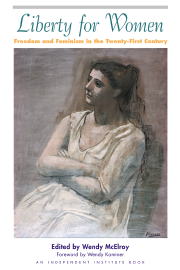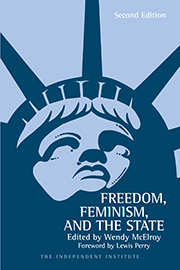According to the U.S. Census Bureau, 35 million people in the United States were aged 65 and older in 2000. By 2030, the bureau expects that figure to double. The expanding senior population seems to be accompanied by a rise in elder abuse.
As people live longer and require more assistance in old age, the problem of elder abuse is likely to intensify.
Women are not only targets of elder abuse but, because of their traditional role as caretakers, are also often the perpetrators. Even decent people can snap and lash out when confronted with caring for an elderly relative on top of juggling a full-time job and other family demands.
What is elder abuse?
Elder abuse includes more than physical mistreatment, such as slapping or threatening to harm. The most prevalent form may well be financial abuse, when caregivers steal cash or jewelry and/or trick or threaten a senior into signing over his or her assets.
Elder abuse also includes criminal neglect, by which a caregiver deprives someone of medicine, food, water or other necessities.
Elder abuse falls into the two rough categories of “domestic” and “institutional.” Domestic refers to abuse by a family member, friend or caregiver who is in the home. Institutional refers to abuse in residential facilities, such as nursing homes, where caregivers have a legal or contractual obligation to provide attention and protection.
How prevalent is it?
Statistics on elder abuse are usually estimates rather than hard data and they vary widely. In its conclusion, the 2000 Survey of State Adult Protective Services indicates that there has been “a 61% increase over 1996 in the number of elderly abuse allegations nationally and a staggering 300% increase since the first survey in 1986.”
Estimates cited by the National Center for Victims of Crime range from “one out of ten persons living with a family member is subject to abuse—approximately 2.5 million a year” to “one in twenty-five elderly persons being victimized annually.”
Probably the most accurate answer comes from Lori Steigel, associate staff director for the American Bar Association’s Commission on Legal Problems of the Elderly. “We can’t answer the most basic questions, like how many people are abused each year,” Steigel states. The reason is simple. Unlike wife or child abuse, the mistreatment of the elderly has received little attention.
Elder abuse will become a hot political issue as the “boomer” generation sees old age approach and, so, demands protection. The cry is likely to be for “zero tolerance”—that is, for medical professionals to aggressively diagnose abuse, for social workers to monitor living situations, for the legal profession to zealously prosecute abusers. In short, for more government.
More government is the wrong solution, for several reasons.
Whenever a person is attacked or threatened, it is appropriate to call in the law. But most current family law has little to do with preventing or punishing actual violence. For example, marriage and divorce law deals primarily with non-criminal matters. By going farther than controlling real violence, the government usurps the role traditionally played by the family and, in so doing, it harms that institution.
Laws against elderly abuse would most likely resemble those against child abuse, to whom the elderly are often likened. Such child protective laws are so broad as to include non-health threatening conditions and the personal beliefs of parents—e.g. the refusal to have children vaccinated. The goal of interceding is often to place the child under government supervision—to remove the child from the home. But removing the elderly from their families would not solve abuse, much of which already occurs in government-run or regulated institutions.
When violence does occur in the family, the law properly intercedes but does so in a manner that often dismisses victim’s rights. For example, charges of domestic violence can be pressed whether the victim wishes it or not. This has ominous implications for the right of the elderly to refuse “assistance” from the government.
The fact is that the law cannot solve pervasive social problems involving intimate relationships. If it could, then social problems would have been remedied decades or centuries ago. More government can make the situation worse, however, by weakening the institutions that provide alternate solutions. With elder care, the most important institution is the family.
Whenever government—with its entourage of lawyers, social workers and bureaucrats—becomes the first remedy sought for social problems, all other solutions suffer. “More law” becomes the default position. Attention and resources are diverted into government agencies, only to have people shake their heads 10 years later at the incompetence and corruption of it all. And, then, the call will be “even more law!”
Elder abuse will become a topic of intense discussion soon. And everyone will agree: Violence must not be permitted and the law must properly intercede whenever violence or abuse occurs.
I hope, however, to hear disagreement over the means by which violence is prevented. My voice will be for solutions from the private sector: education, a stronger family, support networks in churches and other voluntary organizations, community services, etc.
Elder abuse cannot be absolutely eliminated. Any politician who says differently is either mistaken or lying, and you should check whether his hand is in your pocket. But elder abuse can be greatly reduced by supporting the non-government institutions upon which society used to depend. Less law. More family.









